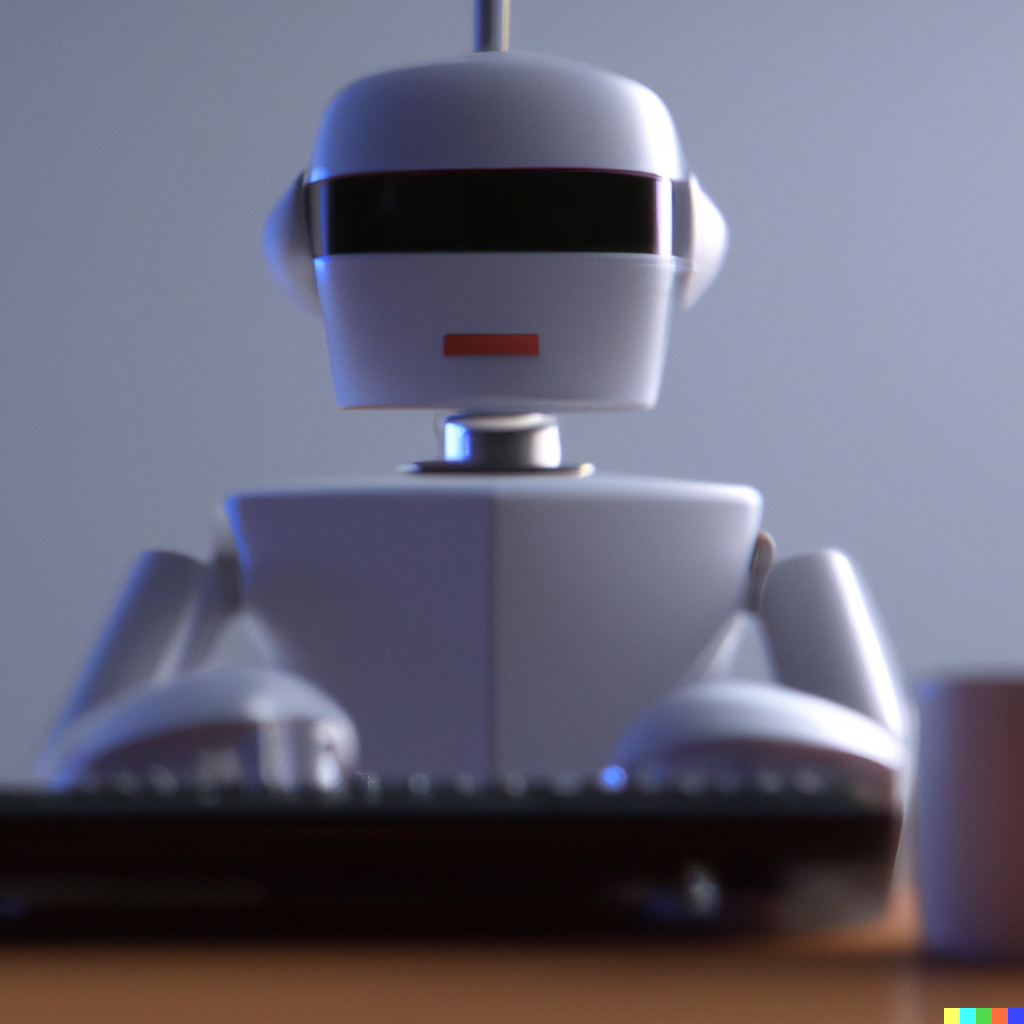
The amount of AI-generated content is increasing rapidly, as advances in natural language processing and other AI technologies make it possible for machines to produce high-quality content that is difficult for humans to distinguish from content created by other people.
The ownership of AI-generated content can be a complex issue, as many different parties are involved in its production. In general, the person or organization that creates the AI algorithm that produces the content may be considered the owner of that content. However, if the AI algorithm is trained using data or other inputs provided by another party, that party may also have a claim to ownership. Additionally, the person or organization that commissions the AI algorithm to produce the content may also have some ownership rights. Ultimately, the ownership of AI-generated content will depend on the specific circumstances and may need to be determined by a court or legal authority.
The preceding paragraphs were written by OpenAI's newly released research model ChatGPT.
Although AI-generated text can seem a little synthetic at times and AI-generated art has visible artifacts, we can all agree that it's improving. Real fast.
Open AI's DALL-E's more "open" counterpart Stable Diffusion used by many companies and people on local systems with curated datasets often yielded results that were substantially better than the DALL-E 2 public model.
The increasing amount of this sort of content calls for a need to regulate it. AI regulation has always been very passive. The need is acknowledged but in most cases, regulation of a model is left to the party that makes it.
Whenever you use an AI service, chances are you enter a prompt - a funky idea you thought would be a pretty interesting input, then that prompt get's processed by a neural network that was programmed by a team of programmers, and that network was probably trained on big volumes of data.
If we leave the company that programs the model to have the rights to the content, you're invalidating the worth of the input provided by the user. If we let the user have all the rights to the content, you're invalidating the effort that went into making the neural network. If we forget about the role all those data sets played in training the data, we're invalidating all the effort that went into creating that data. Due to this problem, many sites for example DeviantArt gives their users the choice to opt out of allowing AIs to train on their artworks.
Luckily as of now, AI hasn't started suing people for using its work, and neither does it want to claim any rights over it. But we really shouldn't take any part of this process for granted.
AI-generated content is a collaborative effort. Everyone plays a role here.
This calls for a new type of content license: A license that shows to what degree everyone contributed.
We also need authorities that take an active role in regulating the type of content generated.
That way, everyone's roles are acknowledged and corporations and people can't make a monopoly out of other people's efforts.
